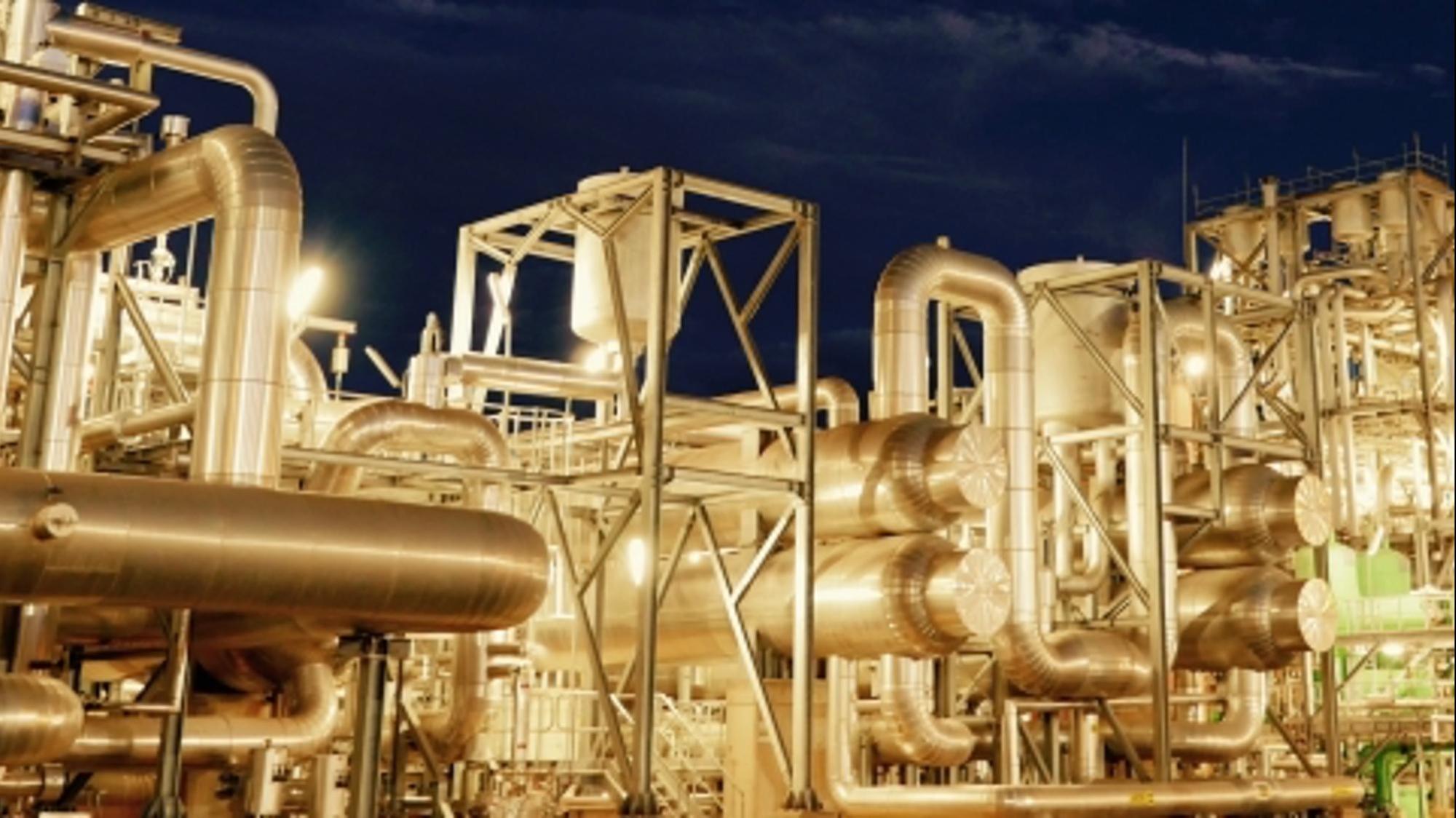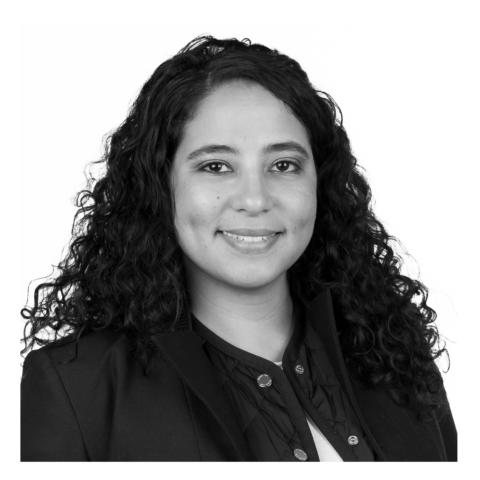
Blog post
A new age of renewable energy in Morocco
Energy Blog, 9 September 2020
Why is the Moroccan renewable energy revolution of interest to Western investors and developers? As yields on renewable energy projects fall to ever lower lows, investors are increasingly searching elsewhere for long-term, double-digit returns. Morocco may be the answer.
It is not common knowledge in the West, but the African Kingdom of Morocco is home to the oldest continually operating higher educational institution in the world. Al-Karaouine University is located in the millennial city of Fez. It was originally founded in 859 by the daughter of a wealthy merchant named Mohammed Al-Fihr. To put this longevity into some sort of Western context, Oxford, the oldest English-speaking university in the world was only started in 1096 and the French didn’t get around to opening the Sorbonne until 1150, some 254 years after the Moroccans started Al-Karaouine. From these early beginnings, it grew in prestige under the ruling of the Idrisid dynasty and then the Almoravid ruler, Ali Ibn Yusu, who carried out the most extensive expansion and renovation of the university. Morocco managed to maintain such a prestigious university through the centuries thanks to its strong rulers who made it a priority to invest the time and money needed to continue attracting the best “fukaha” or scholars of the world.
The University is also near to our client’s impressive Taza onshore wind project, which is being built by international developers EDFR and Mitsui. Taza is one of the building blocks of the renewable energy revolution in Morocco which in turn builds upon the country’s previously successful hydroelectric programme. Just like the success of the University, both the hydro and the more recent renewable energy programmes have been due in part to the monarchy’s continuing support, firstly through King Hassan II and now his son MVI.
Morocco has for decades been committed to managing its water resources by constructing major water infrastructure with a particular focus on dams. As a result of long-term policy planning, regulatory rigour and the adoption of adequate legislation, Morocco now has 140 large hydro electric dams with a capacity exceeding 1.7 GW. The development of technical and scientific research skills, together with a sustainable supply chain alongside royal support has made this bet possible.
Today, renewables are following the same well-trodden path, fuelled once again by strong state support, and it all started in 2000 with one of the first PPAs provided by the less than snappily titled Office National de l’Electricité et de l’Eau Potable (ONEE) to the Koudia Al Baida windfarm.
Investing in Morocco
So why is the Moroccan renewable energy revolution of interest to Western investors and developers? As yields on renewable energy projects fall to ever lower lows, investors are increasingly searching elsewhere for long-term, double-digit returns. Morocco may be the answer because of a few compelling facts; it has a stable economic outlook, a Standard & Poor’s credit rating of BBB, and is geographically and culturally close to Europe. Furthermore, its economy has grown steadily for the last fifty years and is currently growing at 4.7% per year. It is the 5th largest African economy by GDP (PPP) and the World Economic Forum placed Morocco as the most competitive economy in North Africa. The country is rich in renewable energy resources and has a growing energy demand. Conversely the country has very limited fossil fuel resources and 97% of its energy is currently imported.
Status of renewables development in Morocco
This combination of a rapidly and consistently growing economy with a large reliance on imported energy has created a significant impetus for a shift to renewables.
The emergence of the wind energy sector has been managed by ONEE through the ONEE – BOOT model, then by tendering PPAs, and most recently through the changes to regulation introduced under Law 13-09. The latter had the effect of breaking up the generation monopoly previously enjoyed by the state, placing ONEE and private companies on the same footing, as far as renewables are concerned.
In addition to providing the framework for independent power producers of wind energy to connect to the network, Law 13-09 also facilitates private wire opportunities for projects and offtakers. This could have huge implications for the country’s emerging industrial and automotive sectors. For example, the Moroccan car manufacturing industry now has the largest output in North Africa.
The solar industry followed a slightly different path under the control of the Moroccan Agency for Sustainable Energy (MASEN). The ambitious Noor complex which started with the most complex technologies (CSP and Tower) has been followed by the successful development of a program for PV projects.
Today, MASEN operates on behalf of the government, standing as the public fund owning stakes in projects but also tendering sites, allocating PPAs while ONEE keeps its primary role as the grid regulator.
The triggers of success
The hydro, wind and solar programme have all followed the same successful recipe albeit with different ingredients.
The first element has been ensuring that the key decision makers in both the ONEE and MASEN programmes regularly share experience and lessons learned with each other and draw upon the experiences of other countries through the use of top-notch law firms, financial advisors and technical consultants in the sector.
Secondly, there has been substantial investments on the transmission network with the 400 kV, 225 kV, 150 kV and the 60 kV lines being extended during the last two decades. However, this investment has been regionally patchy and the potential of Southern Morocco, which presents the best wind resources, is still untapped due to a separate electricity network which so far has received limited benefit from the reinforcement and development of new grid lines. The political situation in the south of the country has also hampered international investor appetite, leaving the south as the next frontier for new project development in this resource-rich region.
Thirdly, to keep energy costs low, Morocco developed the pioneering MASEN financing scheme which helped the country attract very attractive projects at an affordable price. MASEN is funded by the KfW and World Bank and takes off from project developers a certain number of development risks such as site control risks. In conjunction, MASEN also provides funding to projects at interest rates below market rates. This twin track approach has been key to the success of the solar programme so far, although it is unclear if this model will continue to be applicable for the upcoming tender rounds.
Challenges
However, despite the success of both the wind and solar programmes, some challenges remain. Firstly, although the past tenders in wind, solar CSP and PV, were highly competitive they were dominated by few players. ACWA Power consortium won c.a. 1.2 GW of capacity, including the first four CSP-PV tenders, while the EDF-Masdar consortium won the 800 MW Noor Midelt I CSP-PV hybrid project. Nareva, the only truly local developer with track record in Morocco, has recently teamed up with Engie and together they have been awarded a 120 MW project in Tunisia. This is a great success for a local developer and hopefully this is a sign of the emergence of local champions starting to expand to new markets. Yet there remains a somewhat justified perception by private developers of a closed market and a key lesson from the successful development of renewables in Western Europe has been the importance of structuring the market to allow smaller players to get in the game.
Secondly, in Morocco, acquiring sites and land rights remains an arduous and complex process which needs strong local support. Whilst mega projects are being developed in the UAE and Saudi Arabia. Morocco seems to be following the European model of many medium to small size projects. To continue to achieve this however there needs to be greater dialogue between developers and local agencies and more transparency is needed on the grid connection requirements.
Thirdly, there are legal aspects of Law 13-09 that are ambiguous with respect to solar projects and as of today, no solar projects not tendered by MASEN can be developed and connected to the grid. Therefore appropriate changes are needed to fuel development and make the market more liquid. The international and local renewable energy players have been awaiting these changes for some years now.
So, a mere 1,161 years after the opening of the world’s oldest university, Morocco is now turning its attention to renewable energy. The factors which underpinned the astonishing longevity of Al-Karaouine are also contributing to the energy revolution; strong support from the State, the patience to invest time and money over a long period and an openness to bringing in talent from all over the world. The country has been quick to learn and build on the experience of developing infrastructure elsewhere and this stable, growing country is increasingly attracting foreign direct investment into energy projects. We are proud to have been associated with the Taza wind project and we are confident that this will be one brick in a wall of renewable energy projects that will power the Kingdom for years to come.

